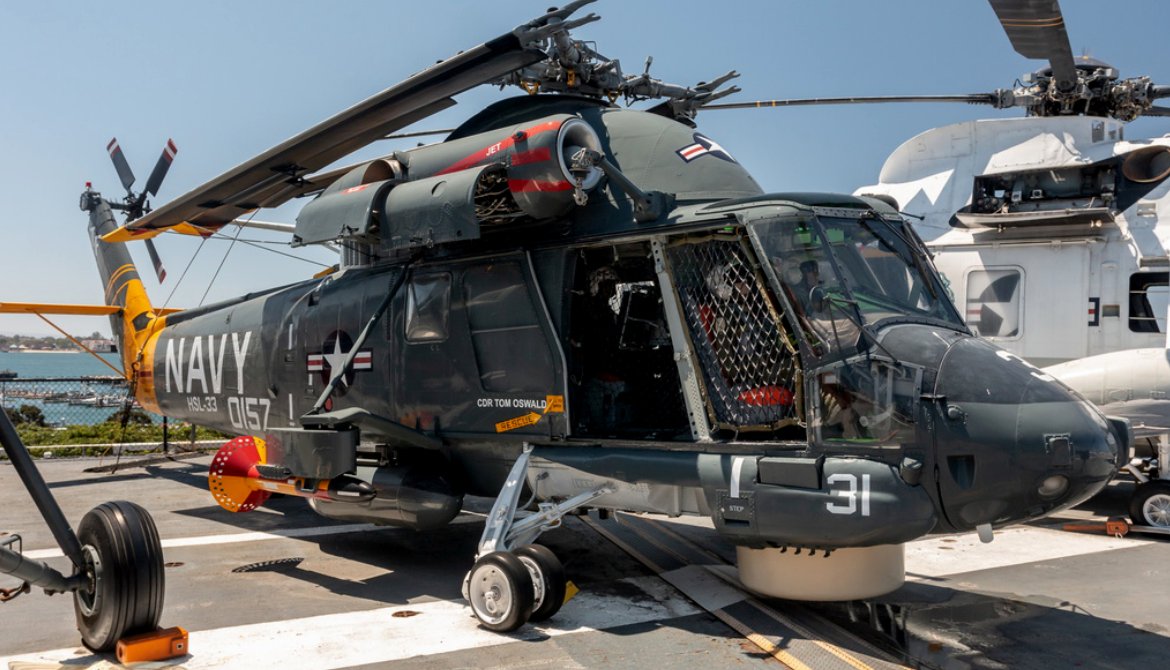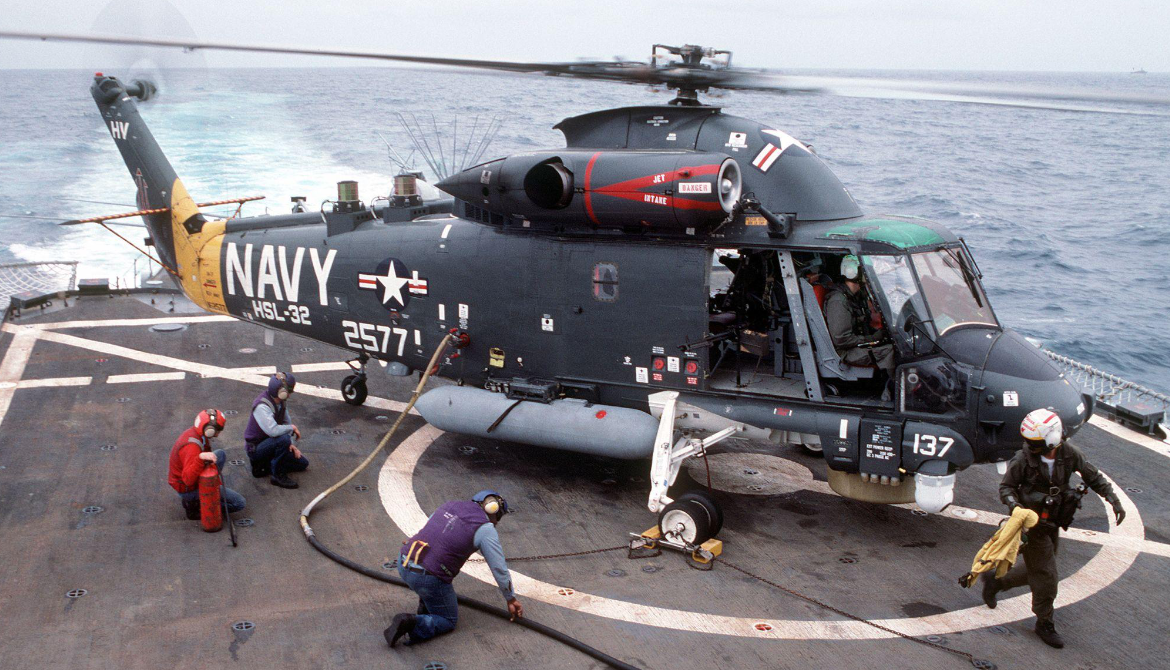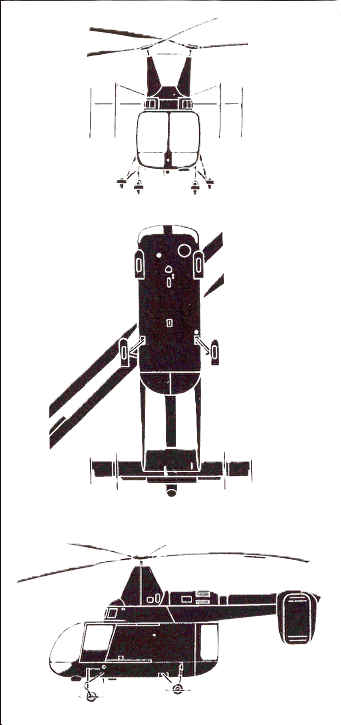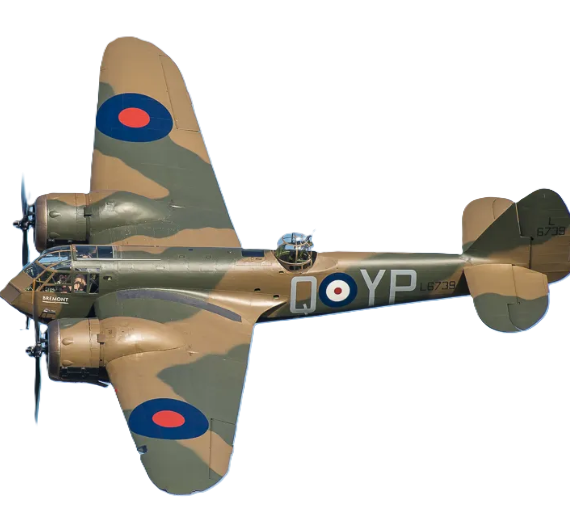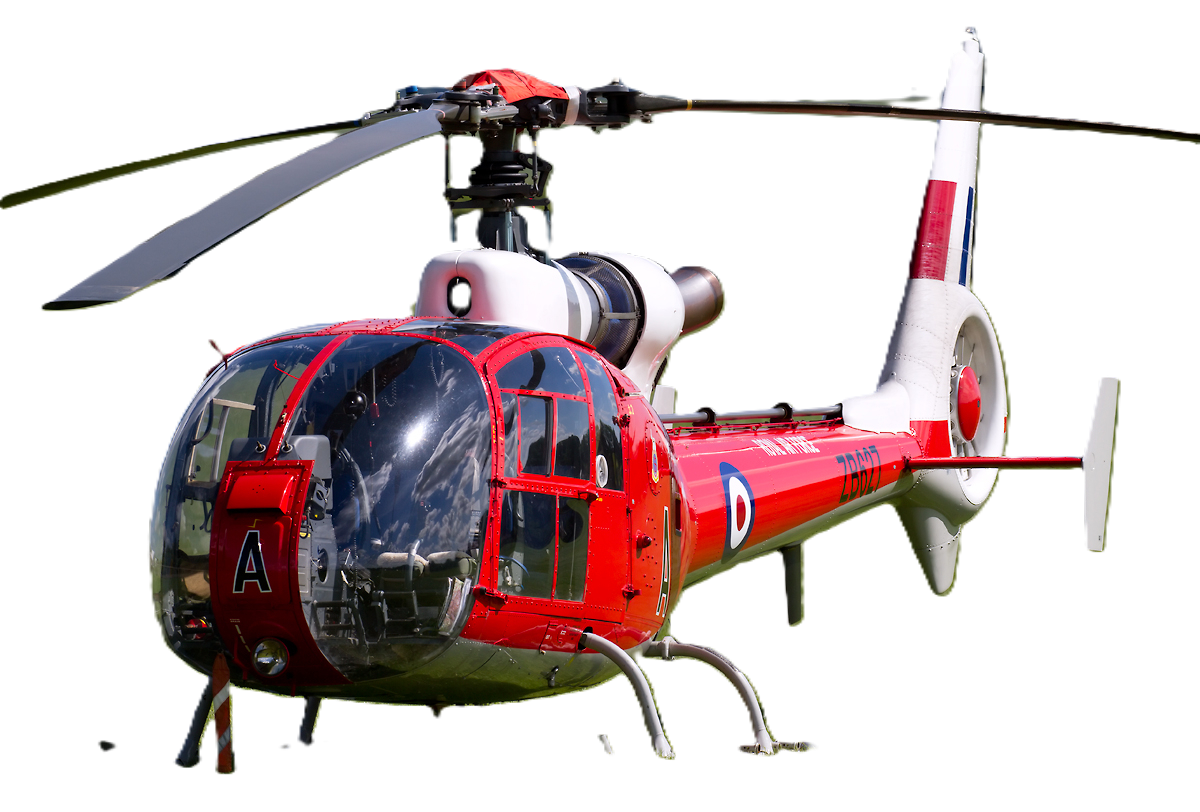Kaman Aerospace
Kaman HH-43 Huskie
 |
|
| HH-43B Huskie of the United States Air Force | |
| Role | Firefighting/rescue |
|---|---|
| Manufacturer | Kaman Aircraft |
| Designer | Anton Flettner |
| First flight | 21 April 1953 |
| Introduction | November 1958 |
| Retired | Early 1970s |
| Status | Retired |
| Primary users | United States Air Force United States Marine Corps United States Navy |
| Number built | 370 |
| Developed from | Flettner Fl 282 |
| Developed into | Kaman K-1125 |
.
History Kaman Aerospace
Kaman HH-43 Huskie

First flown on 21 April 1953, the HH-43 went into production and was operated by several military air services, including the United States Air Force, the United States Navy and the United States Marine Corps. It was primarily intended for use in aircraft firefighting and rescue in the close vicinity of air bases, but was extensively deployed during the Vietnam War. It was used as a search and rescue platform, having often been enhanced with makeshift modification and new apparatus to better suit the tropical conditions. The HH-43 was also exported to several other countries and sold commercially. It set several aviation records in its class, and was first helicopter to experiment with twin-turbine engines even though early designs used piston engines. By the 1970s, it was being replaced by newer rotorcraft that were typically bigger and capable of greater performance. Many of the helicopters made their way to the civilian market and museums.
The Kaman HH-43 Huskie is a helicopter developed and produced by the American rotorcraft manufacturer Kaman Aircraft.[2] It is perhaps most distinctive for its use of twin intermeshing rotors, having been largely designed by the German aeronautical engineer Anton Flettner.
Design and development
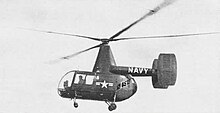
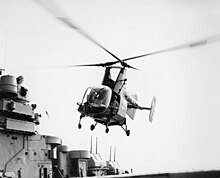
0
KmCeiling
0
KmCombat RANGE
0
Km/hAircraft Speed
0
Max Crew
Photo Gallery
Kaman Aerospace
Kaman HH-43 Huskie


Kaman Aerospace
Kaman HH-43 Huskie
General Info
-
-
- Crew: Two flight crew and two rescue crew
- Capacity: 3,970 lb (1,801 kg) maximum payload
- Length: 25 ft 2 in (7.67 m) fuselage
- Height: 15 ft 6.5 in (4.737 m) to tip of highest blade
-
-
-
- 12 ft 7 in (4 m) to top of rotor pylons
-
-
- Empty weight: (2,096 kg)
- Gross weight: (2,948 kg)
- Max takeoff weight: (4,150 kg)
-
Powerplant
-
- Powerplant: 1 × Lycoming T53-L-11A turboshaft engine, 825 shp (615 kW) (de-rated from 1,150 shp (858 kW))
- Main rotor diameter: (14.33 m)
- Main rotor area:322.405 m2
-
Performance
- Maximum speed:(190 km/h,
- Cruise speed:(180 km/h
- Range: 504 mi (811 km, 438 nmi) at 5,000 ft (1,524 m) and (3,751 kg) TOW
- Service ceiling: (7,000 m)
- Hover ceiling IGE: (6,096 m
Related development
-
-
Related development
Aircraft of comparable role, configuration, and era
-
.
Links to Youtube & Others
There is one known flying and restored Huskie by the 2020s, which is sometimes flown at the Olympia Air show.[20] There is not many spare parts available for the Huskie by this time, in particular the rotor blades.
Kaman Aerospace
Kaman HH-43 Huskie
The Huskie was deployed overseas during the Vietnam War; several detachments of the Pacific Air Rescue Center,
Youtube Link
The Huskie entered service in late 1958 with the Air Force. It was also adopted by the Navy and Marine Corp, but not the Army.

